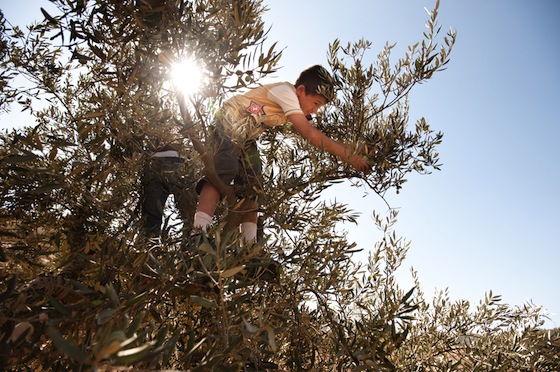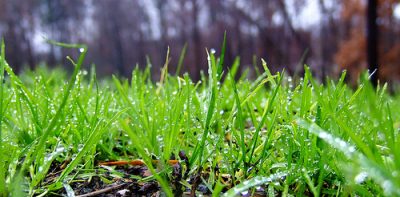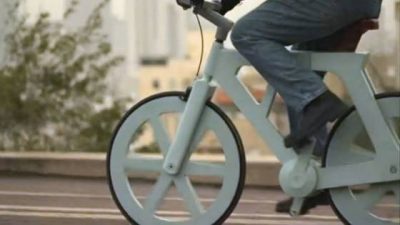 A study mapping the environmental actors in Palestine shows a desperate lack of co-operation between organisations and donors keen to play it safe with ‘practical projects’
A study mapping the environmental actors in Palestine shows a desperate lack of co-operation between organisations and donors keen to play it safe with ‘practical projects’
The lovely people at Heinrich Böll Stiftung had done something that I have been procrastinating about for almost lifetime (well, not quite a lifetime but a good couple of years at least). They have mapped out the important actors and organisations on the environmental scene in Palestine. Exciting, right!? They have painstakingly gone through all those websites, NGOs and institutes with an environmental focus to bring us a clear image of the state of the environmental movement in Palestine. They found that out of 2,245 NGOs registered in the oPt only 104 were environmentally-focused and of these, just 56 were actually still active. More juicy details after the jump.
The Facts on Green Palestine
– 104 registered environmental civil society organisation in the West Bank and Gaza
– 56 civil society organisations are actually still active
– Over 70% of environmental civil society organisations feel that their relationship with other organisations is competitive rather than co-operative
– Limited funding and efforts to raise their grassroots presence are two main reasons for the competitiveness between organisations
– 8 key organisations in Palestine based on their size, the variety of programmes implemented and geographic range:
These key green organizations are:
1. Applied Research Institute-Jerusalem
2. Palestinian Agricultural Relief Committees
3. Palestinian Hydrology Group
4. The MA’AN Development Centre
6. The Water and Environment Development Organisations
7. The Center of Environment in Palestine
8. The Palestine Wildlife Society
In the West Bank, organisations tend to focus on environmental justice and tackle issues such as access to water and land, violations committed by Israeli settlements as well as pollution. Major environmental problems affecting East Jerusalem include poor wastewater and solid waste management facilities. There are very few organisation working in East Jerusalem compared to the rest of the West Bank and even Gaza.
In Gaza, the environmental situation was labelled as “disastrous”due to acute sewage problems, limited freshwater supplies, desertification and improper use of fertilisers in densely populated areas. Six environmental NGOs are active in the Gaza Strip, but they generally describe their situation as unstable and unsustainable.
Most organisations complained that international donors attempted to remain neutral by focusing in practical action and lacked the political will to enforce real changes by addressing Palestinians’ rights to natural resources. As such many organisations felt their projects were simply ‘coping mechanisms’. Even so, the relationship between NGOs and funders was generally described as co-operative if highly dependent.
Heinrich Böll Stiftung is a German foundation related to the German Green Party and works to support an independent civil society in Palestine that can take action on issues such as the environment. As I have written in a previous post, without an active and independent civil society there isn’t much hope for a movement to protect the Middle East’s environment. Climate change really isn’t something we can or should leave to the powers that be (their track record also leaves something to be desired). This is something civil society is going to have work together with the government to resolve.
I’d like to say a personal thank you to Nada Majdalani Azzeh who carried out the research for HBS for her hard work and compiling this important information.
For more on Palestine and an environmental civil society:
Without A Strong Civil Society, Middle East Environment Has No Chance (Op-Ed)
The Arab Youth Climate Movement Is Born
Egyptian Seed Bombing Campaign To Hit Cairo & Alexandria
Gaza Unliveable by 2020 and Its Water Undrinkable by 2016
Image of Palestinian harvesting olive groves via Ryan Rodrick Beiler/Shutterstock.com




Oh, yes. Those beggars with their “environmental justice”. They are going to be living in crap for generations to come.